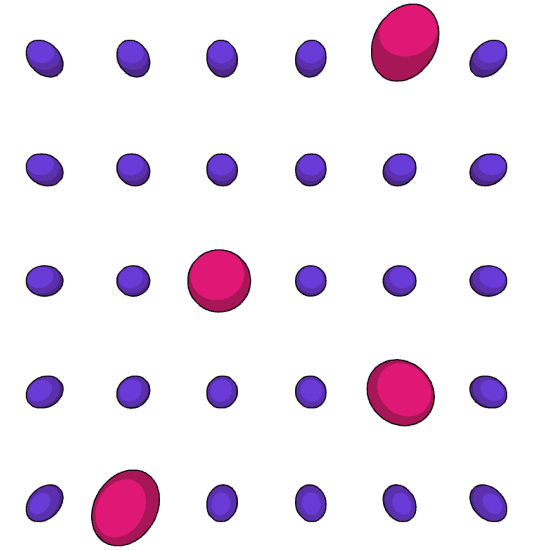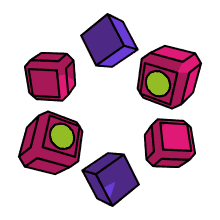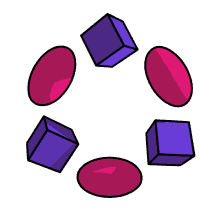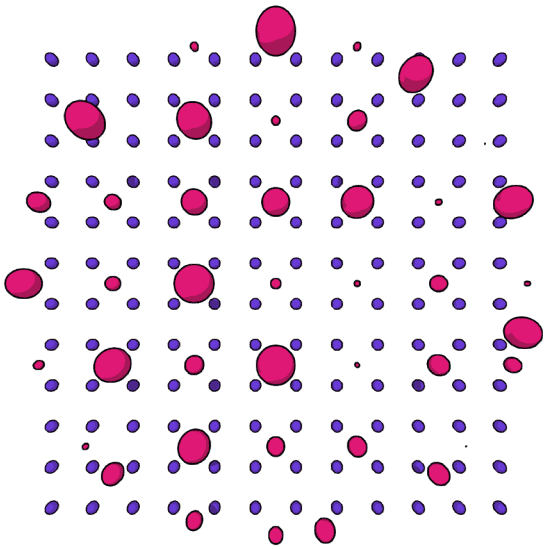
Parachains as autonomous agents
Parachains can act autonomously based on the will of their communities to participate in Polkadot governance and allocate on-chain treasuries. This opens the door to new decentralized funding models, from project funding to decentralized sovereign wealth funds and even cross-chain mergers and acquisitions.






